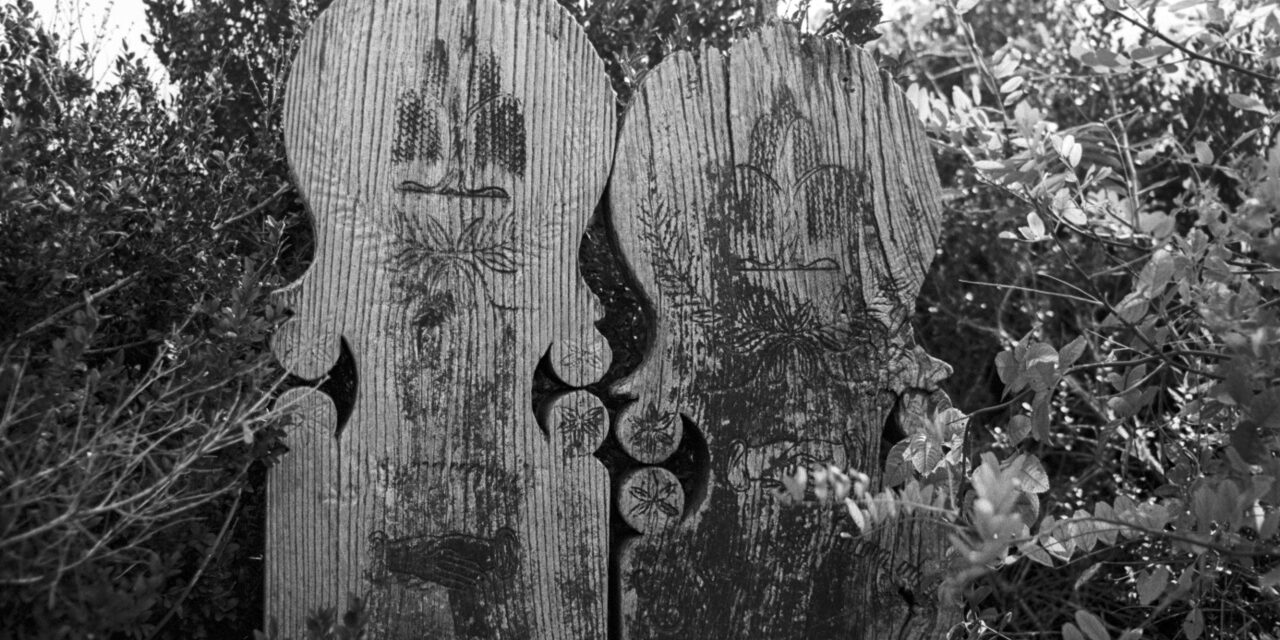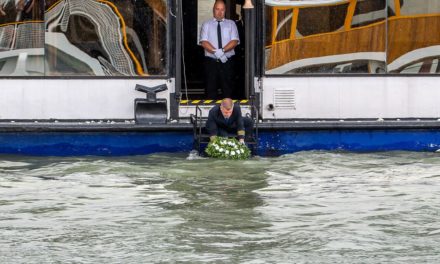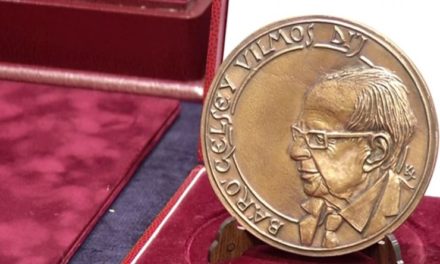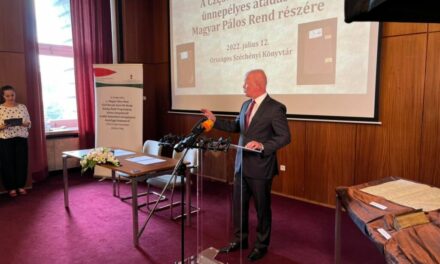The Dunapataj Reformed Cemetery hides wonders.
Hungarian folk tradition is very rich in memories related to burials, just think of the headstones in Transylvania or the boat-shaped headstones in the Szatmárcsek cemetery. Dunapataj's Reformed cemetery also hides unique treasures.
In many settlements in Hungary, there are memorial signs carved from wood that have long defied the weather. Even in the Dunapataj Reformed cemetery, more than a hundred strangely shaped head trees stare up at the sky. There are not many human-shaped head trees in the Carpathian Basin, in fact, according to the researchers of the tombs, the Dunapataj head tree is a unique treasure of its kind.
There is no other head tree like the one from Dunapata in the Carpathian Basin. It has a similar design in Baranya, where we can also see shapes resembling a torso, head and neck. But it is completely identical, with this ratio, nowhere else. The greatest connoisseur of Hungarian head trees, László Ferenc Novák, describes roughly the same in several places
- museologist Péter Tamás Schill told the Multi-colored region .
According to the expert who has been researching the topic for 30 years, the community, who expected this, and the head carvers, who found what the residents needed through their intellect and good dexterity, have a big role to play in creating unique shapes. The last carvers from Pataj, Sándor Danis and János Imri, had an excellent sense of proportion, so the headboards - like many other objects made by them - were beautifully made.
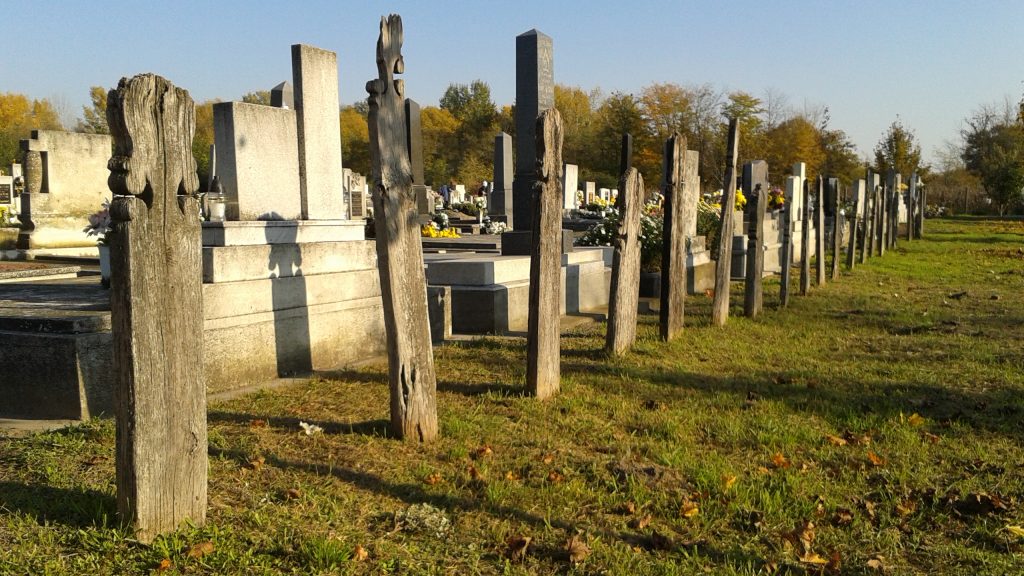
Photo: Péter Tamás Schill
The head trees came from the native village
The strange head trees can only be found in the Reformed cemetery in Dunapataj. It's no accident, since the Catholics didn't have a head tree, they only got a wooden cross. The bodies of those who committed suicide, drowned, and died violently were laid to rest in the Common Cemetery.
Behind the 1919 monument in the Dunapataji Common Cemetery, there are quite a few head trees. The people of Pataj executed and killed in 1919, many of whom were Reformed, were buried there in a mass grave. The family members erected a grave marker and head tree in the same place.
A head tree with such a proportional system can only be found in the Reformed cemetery in Pataj. A similar head tree was only taken to another settlement if the deceased Reformed person was born in Dunapataj. It was a common custom at the time that the deceased "carried" the head tree of his native village to the place where he continued to live and died. This is how the head trees from Usód and Ordas ended up in the Reformed cemetery in Pataj
explained the museologist.
The more modified ones got prettier ones
The oldest piece found so far was made in 1884, the head of the Reformed teacher Lajos Olasz. Today, a significant part of them has been destroyed. While around 1997-98 there were still around 200 pieces in the cemetery, nowadays this number has decreased to 120-130 pieces. Roughly 20-25 copies later entered public collections.
The appearance of the head trees is very similar, there are only barely noticeable differences between them. Those who were better off had their headboards made of nicer and better materials, while those of the poorer ones had a more modest design. Each head tree is 150-170 centimeters high, 30 centimeters wide, and 7-8 centimeters thick. Most often it was carved from oak wood. In many cases, the part sunk into the ground has not been worked at all, it resembles a tree trunk.
Sad willow and broken rosebud
The head trees were ordered immediately after the death, the memorial had to be ready within 3 days. On Dunapataj, the last head trees were made in the traditional way at the end of the 1960s. Two masters are known: Sándor Danis and his son-in-law János Imri. Both were small farmers who, in addition to their small amount of land, were engaged in pottery, woodwork, and carving.
Apart from them, one or two other people carved from time to time, but they made the most characteristic and beautiful specimens. They had an excellent understanding of wood, and compared to their social position, they were well-read and educated people. There were no inscriptions on the headstones, only some traditional motifs common in Reformed cemeteries. A sad willow, a "handshake", and a six-pointed star appear several times. A broken rosebud can be seen on the head of the children
Péter Tamás Schill listed.

Péter Tamás Schill
Their meaning has changed
Although the old head trees did not receive local protection, the head tree from 1956 is part of the local treasury. This head tree is also the settlement's 1956 monument, which was erected on October 23, 1989 - the first in Bács-Kiskun County. The original head tree is kept in the museum, another copy was later placed in the cemetery.
There are other fifty-six aspects of the Pataj head trees. Jenő Mádi, born in Dunapataj, was sentenced to five and a half years in prison after 1956. After his release, he retired as a designer at IKARUS. A head tree was also made in his memory in the Reformed cemetery.
Today, there is no one who would make a headboard, unfortunately there is no need for it. However, there are a few more in the cemetery, among which the work of Zoltán Farkas, a woodcarver from Kalocsa, can be highlighted. The beautifully carved head tree commemorates László Mészáros, a veterinarian from Pataj.
Featured image: Dunapataj, July 15, 1986. Carved, human-shaped head trees in the Reformed cemetery of Dunapataj. The nearly two hundred head trees found here are considered an ethnographic specialty. Photo: László S. Balogh / MTI National Photo Gallery

